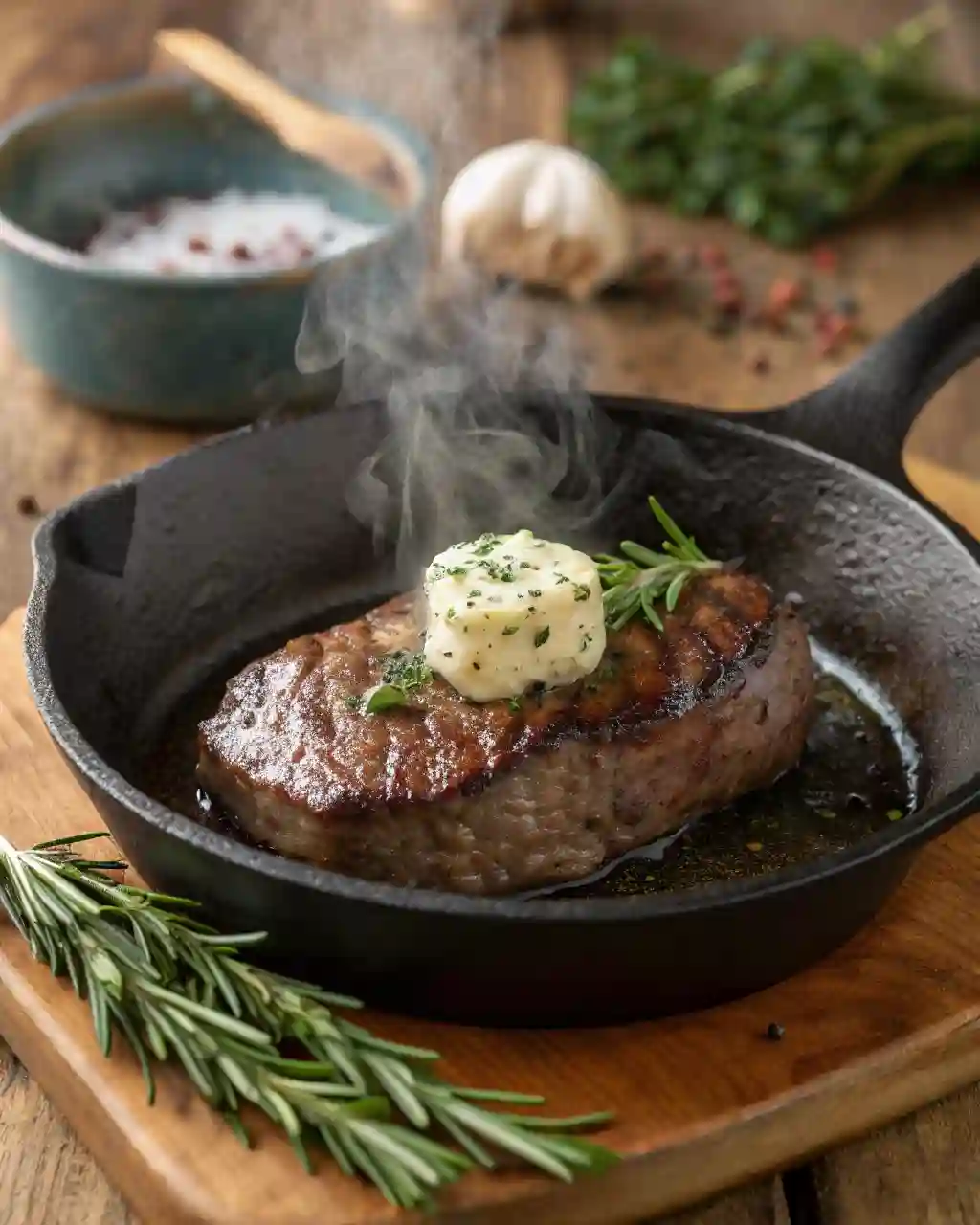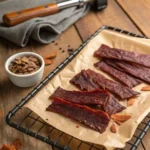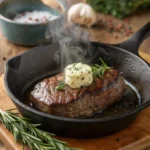Lean, flavorful, and surprisingly versatile, antelope meat is finally stepping into the spotlight. In this guide you’ll learn why antelope belongs on the short list of best wild meats to cook at home, how its delicate texture rivals tender steak, and what makes the distinctive taste of antelope meat worth seeking out. Whether you’re curious about eating antelope for the first time or looking to perfect your next antelope steak, this article walks you through sourcing, seasoning, and cooking every prime cut—so you can enjoy game that’s as refined as it is wild.
- What Makes Antelope Meat Different From Other Wild Game?
- How Do You Source and Butcher Antelope for the Best Meat Cuts?
- Which Ingredients Elevate Antelope Steak, Sausage, and More?
- How to Cook Antelope Steak Step-by-Step
- Can Gamey Antelope Become the Best Tasting Sausage?
- Why Should You Try Antelope This Hunting Season?
- FAQs
What Makes Antelope Meat Different From Other Wild Game?
Antelope roam huge expanses of prairie, sprinting faster than any North American game animal. That constant motion yields incredibly lean meat with fine muscle fibers and almost no excess fat. Unlike elk or venison, antelope’s subtle sweetness pairs beautifully with lighter seasonings instead of masking a strong gamey profile. Many hunters in Wyoming swear it’s the best meat they put in the freezer.
Because pronghorn—the species North Americans usually call antelope—feeds on sage, its muscles develop a clean herbal note. Proper field care is vital: a hunted pronghorn that’s skinned and cooled quickly stays mild, whereas a bad antelope left warm too long can develop a lingering gamey taste. Handle it right and you’ll be tasting antelope that rivals fine bison in tenderness.
For cooks used to supermarket cuts, think of antelope as “high-end health food.” Its protein-dense, low-fat nutrition beats most beef. Those after sustainable meat options love that a lot of antelope populations are robust, offering ethical, delicious variety beyond the usual eating meat routine.
How Do You Source and Butcher Antelope for the Best Meat Cuts?
If you don’t hunt, look for a specialty butcher who lists antelope next to elk and venison. Many mail-order suppliers flash-freeze pronghorn meat within hours of harvest for maximum freshness. Ask whether the animal was field-dressed quickly; that single factor separates good antelope from disappointment.
Hunters should quarter their quarry in the field, remove backstraps and tenderloins first, and chill those premium cuts fast. When you reach the shop, your butcher can fabricate roasts, grind for sausage, and slice elegant medallions of antelope steak. Keep a sharp boning knife handy, follow muscle seams, and you’ll uncover a gorgeous backstrap and a melt-in-your-mouth tenderloin that rival anything at a high-end steakhouse.
Because antelope is so lean, leave a thin cap of silver skin to protect roasts while they age 24-48 hours in the fridge. This resting step intensifies flavor, turning raw game meat into a velvety delicacy ready to impress even people nervous about wild game.
Which Ingredients Elevate Antelope Steak, Sausage, and More?
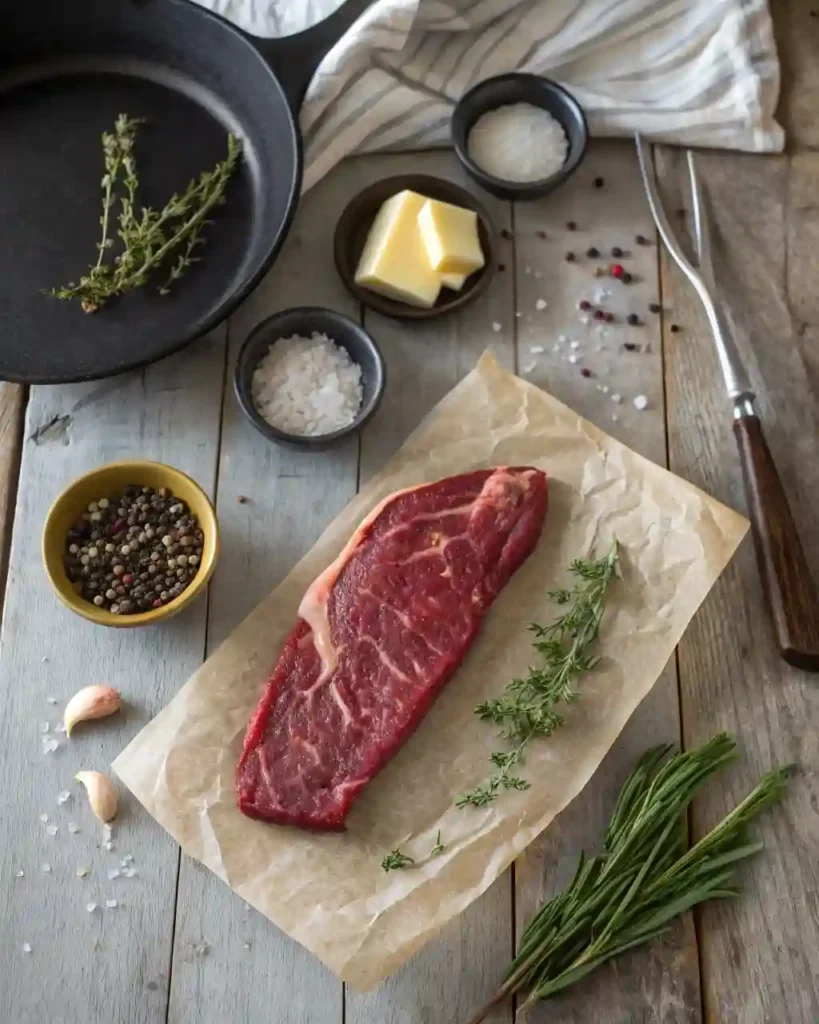
Start simple: coarse salt and pepper awaken the delicate herbal notes of antelope without overpowering them. For deeper character, whisk a light marinade of olive oil, garlic, juniper, and citrus—thirty minutes is plenty for such fine-grained meat.
Pantry heroes for antelope
- Cast iron skillet – unbeatable for an even sear
- Fresh rosemary & thyme for woodland aroma
- Smoked paprika to hint at campfire without masking flavor
- Bacon fat or tallow to baste lean steak during the final minute
Grinding trim into sausage? Blend 80 percent antelope to 20 percent beef back fat and season with coriander, fennel, and dried Chile for balance. The extra fat protects from drying and turns potentially gamey antelope into juicy links ideal for breakfast or gumbo.
How to Cook Antelope Steak Step-by-Step
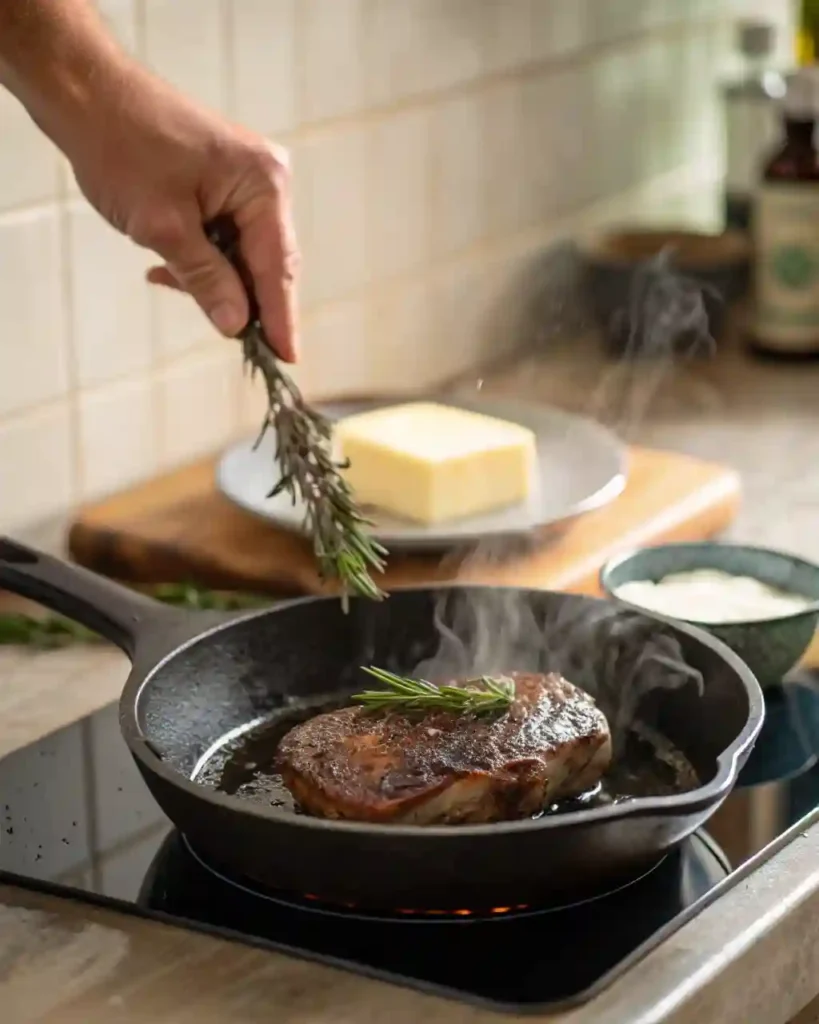
Step 1 – Prep the Meat
Pat the antelope steak dry, season liberally, and let it warm on the counter for 20 minutes. Tempering ensures even cooking and helps achieve that coveted medium rare center.
Step 2 – High-Heat Sear
Place your smoking-hot cast iron skillet over high heat and drizzle a touch of oil. Lay the steak down and listen for the hiss—that’s moisture converting to steam, creating a crust that locks in juices.
Step 3 – Flip & Finish
After two minutes, flip. Add a knob of butter and herbs, basting constantly for another two. Pull at 125 °F, tent loosely with foil, and rest five minutes. That short rest takes the temperature to 130 °F, perfect for silky texture and maximum flavor.
Prefer roasting? Sear first, then slide the pan into a 400 °F oven for five minutes. The result tastes nothing like the gamey flavor skeptics fear—just pure, clean, slightly sweet meat that converts doubters.
Can Gamey Antelope Become the Best Tasting Sausage?
Absolutely. Grinding lets you adjust fat ratio, spice intensity, and texture. Add beef back fat, wild oregano, and black pepper, and even a gamey batch mellows into the best tasting breakfast patty.
Key is cold equipment. Chill grinder plates and bowls so the lean meat stays firm. Mix quickly to protect proteins, then stuff into natural casings for old-world links. Smoke gently over applewood until the internal hits 155 °F, and your homemade sausage will rival artisan charcuterie.
This method also stretches a single antelope: prime steaks for the grill, roasts for stew, trim for sausage. With thoughtful processing, you’ll enjoy several meat styles from one harvest—proof that antelope is one of the best wild meats for creative cooks.
Antelope Meat Mastery
Ingredients
Pantry heroes for antelope
- Cast iron skillet – unbeatable for an even sear
Fresh rosemary & thyme for woodland aroma
- Smoked paprika to hint at campfire without masking flavor
Bacon fat or tallow to baste lean steak during the final minute
Instructions
Step 1 – Prep the Meat
- Pat the antelope steak dry, season liberally, and let it warm on the counter for 20 minutes. Tempering ensures even cooking and helps achieve that coveted medium rare center.
Step 2 – High-Heat Sear
- Place your smoking-hot cast iron skillet over high heat and drizzle a touch of oil. Lay the steak down and listen for the hiss—that’s moisture converting to steam, creating a crust that locks in juices.
Step 3 – Flip & Finish
- After two minutes, flip. Add a knob of butter and herbs, basting constantly for another two. Pull at 125 °F, tent loosely with foil, and rest five minutes. That short rest takes the temperature to 130 °F, perfect for silky texture and maximum flavor.
Notes
Nutrition Information (per serving)
- Calories: 260 kcal
- Protein: 42 g
-
Total Fat: 10 g
- Saturated Fat 4 g
-
Carbohydrates: 0 g
- Fiber 0 g
- Sugars 0 g
- Cholesterol: 115 mg
- Sodium: 340 mg
- Iron: 5 mg
- Potassium: 540 mg
Recipe Category
- Course: Main Course
- Cuisine: American Wild Game
- Diet: High-Protein, Low-Carb, Gluten-Free
- Method: Cast-Iron Skillet Sear
- Keyword: antelope steak, pronghorn backstrap, wild game dinner
- Skill Level: Easy to Intermediate
Why Should You Try Antelope This Hunting Season?
First, diversity. From the prairie herds of the American West to family tables abroad, antelope broadens our palate beyond beef and chicken. Second, sustainability: well-managed herds yield an abundant, renewable source of lean protein. Finally, adventure—learning to cook a new wild game species connects you to landscapes, traditions, and flavors few have explored.
The next time hunting season rolls around, consider joining a Wyoming pronghorn draw or attending a local field-to-fork class. Whether you bring home a freezer full or buy a single package online, make it your mission to try antelope at least once. Treat the delicate cuts with respect, avoid over-cooking, and you’ll understand why many chefs call properly handled antelope the good antelope meat that rivals any steakhouse filet.
FAQs
Is antelope meat better than beef?
Better” depends on what you value. Nutritionally, antelope is far leaner than most beef and slightly higher in protein per ounce, making it a good choice for low-fat diets. Flavor-wise, a well-handled antelope backstrap is delicate and slightly herbal, while beef offers richer marbling and a deeper umami profile. Many wild-game fans consider prime antelope one of the best-tasting red meats when cooked correctly.
Which wild animal has the tastiest meat?
Taste is subjective, but chefs and hunters often rank pronghorn antelope, elk, and bison at the top for tenderness and refined flavor. Well-cared-for antelope is prized for its subtle sweetness; elk delivers a beef-like richness; and bison offers a slightly sweet, clean profile. Ultimately, the “tastiest” wild game depends on personal preference and how carefully the meat was handled from field to table.
What is the meat of an antelope called?
Most hunters and butchers simply call it antelope meat or pronghorn meat (the North American species). There’s no special culinary term like “venison” for deer; you’ll see labels such as “antelope steak,” “antelope roast,” or “ground antelope.”
is antelope meat good for eating?
Yes—when the animal is field-dressed and chilled quickly, antelope meat is exceptionally good to eat. It’s naturally lean, tender, and mildly sweet rather than strongly gamey, so it takes well to simple seasonings and fast, high-heat cooking (think medium-rare steaks or quick-seared medallions).
